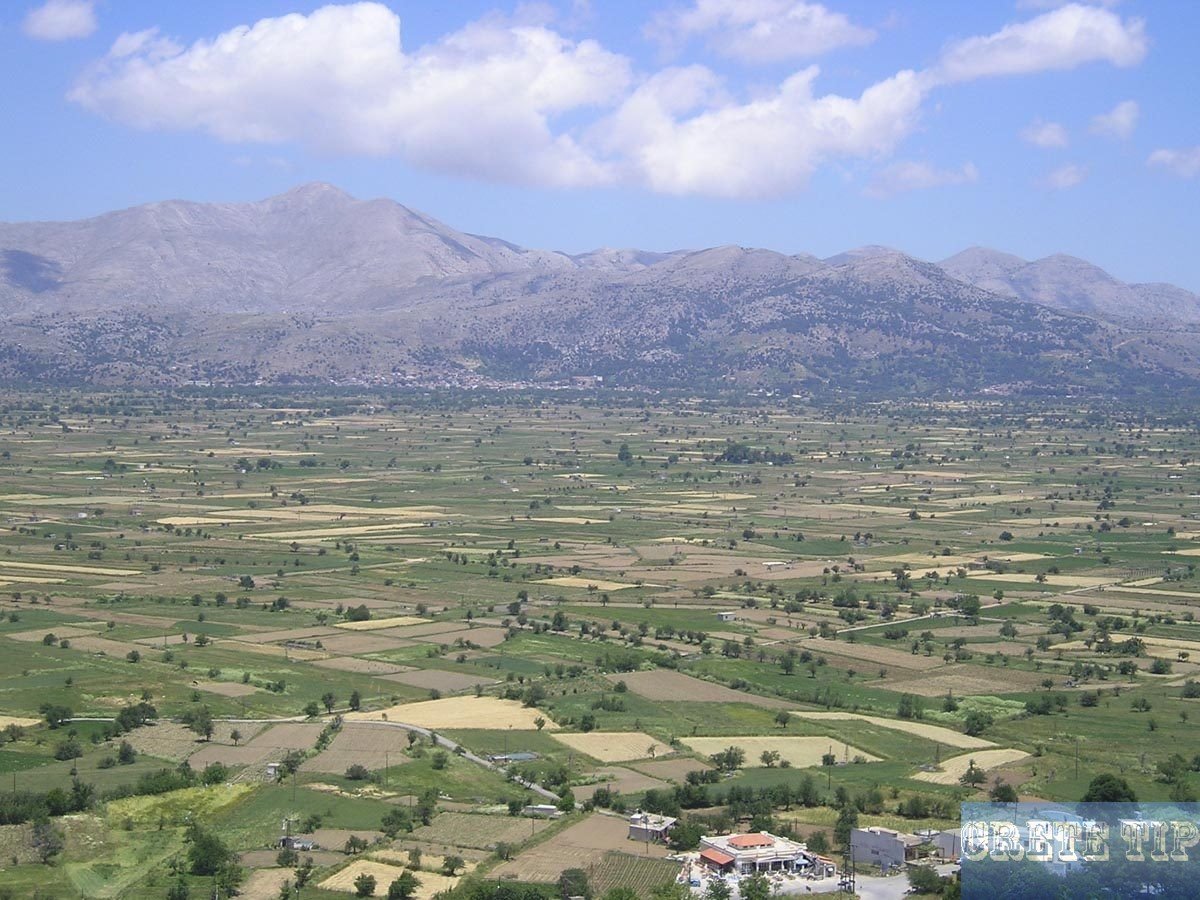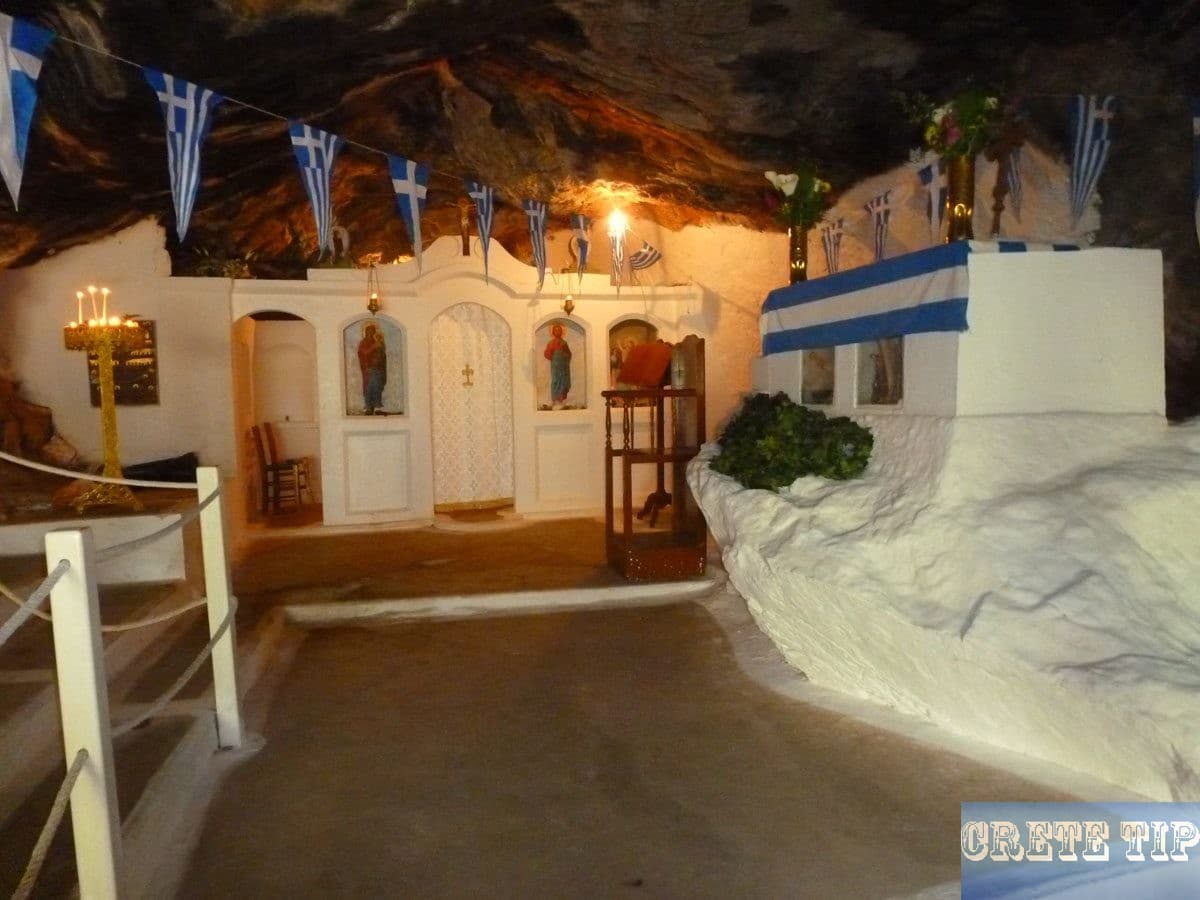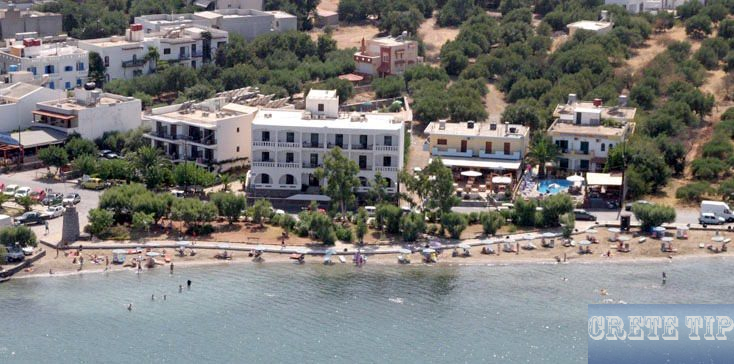On the east coast of Crete: Kato Zakros with its Minoan palace and the hike through the Dead’s Gorge.
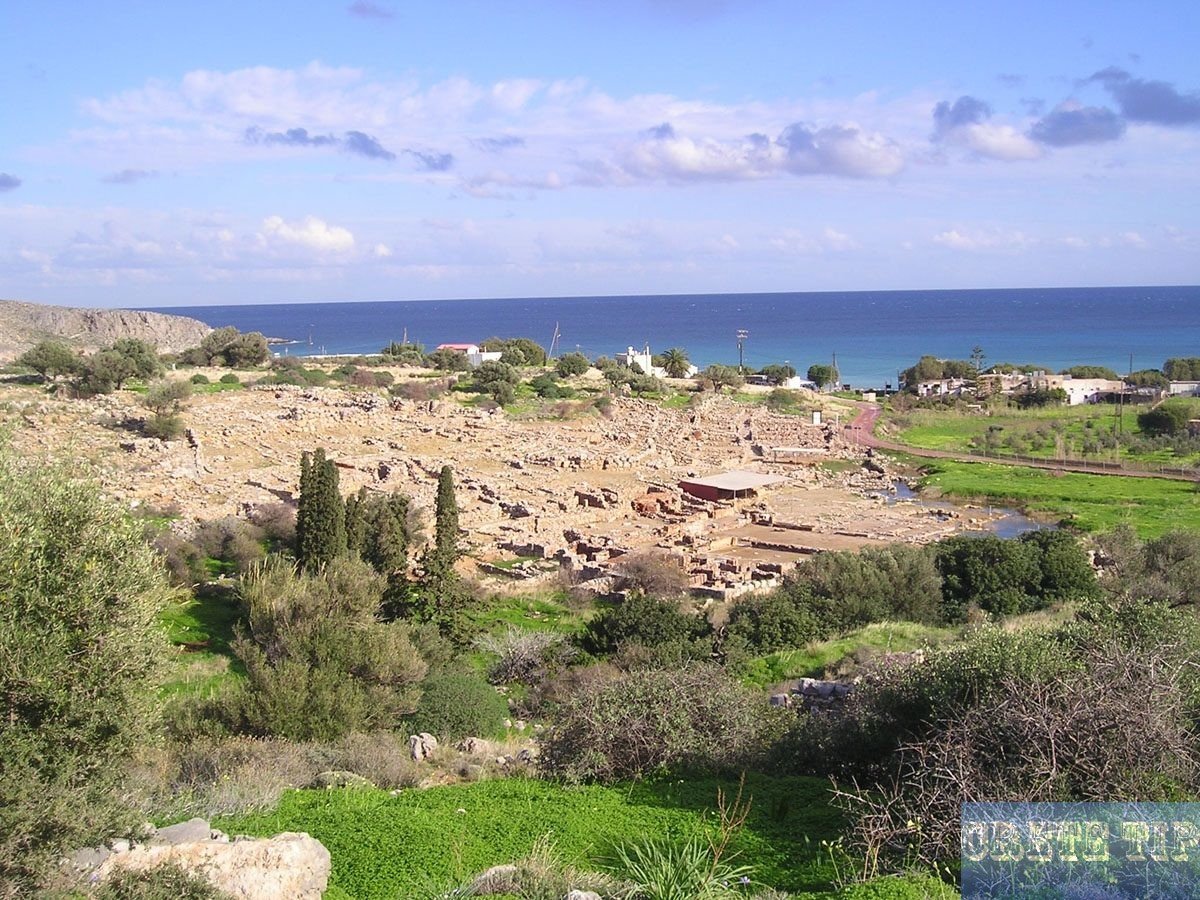
Palace of Zakros and the Dead’s Gorge
The unplundered Minoan palace, still in a state of surprising destruction, and the walk through the Dead’s Gorge, where the Minoans buried their dead.
In the area of Epano and Kato Zakros (‘upper’ and ‘lower’ Zakros) there was an extensive, large settlement in the pre-palatial period from 1,900-1,700 BC, which is characterized by the tombs that were found on the surrounding heights.
Palace of Zakros

Zakros is an important archaeological site on the east coast of Crete, known for its rich history related to the Minoan civilization.
Zakros stands out for its well-preserved remains and historical significance, offering an insight into the advanced urban organization and artistry of the Minoans.
The site is home to the ruins of the Palace of Zakros, which is considered one of the most important Minoan palaces and demonstrates the architectural skill and cultural sophistication of ancient Crete.
The village of Zakros benefits from a sheltered harbor and a strategic location that made it an influential center for maritime trade in the past, especially with the eastern lands.
The discovery of the site in the 20th century unearthed a wealth of artifacts and structures that have provided archaeologists and historians with invaluable information about Minoan life, religion and social structure.
Visitors to Zakros can explore the remains of the palace complex, which illustrate the intricate planning of Minoan architecture.
These include storerooms, workshops and living quarters, all arranged around a central courtyard.
The wealth of artifacts unearthed at the site, such as pottery, tools and ceremonial objects, attest to the prosperity and artistry that flourished in this corner of ancient Crete.
History and archaeology
The archaeological wealth of Zakros reflects centuries of Minoan civilization and the splendor of its palatial period.
The main contributors to our understanding of the site, such as Nikolaos Platon, have shed light on the complex web of Minoan life that once flourished here.
Discovery and excavations
Spratt was the first archaeologist to visit the area and mentioned Zakros in 1872. In 1901, the English archaeologist Hogarth excavated on the side of the hill east of the palace site and discovered a settlement with buildings.
Finally, in 1961, Professor N. Platon began excavations on the eastern side of the hill of Agios Antonios and discovered two building complexes. He then began a new excavation at the western end of the small valley of Kato Zakros, which eventually led to the discovery of the palace of Zakros. The excavations are still ongoing.
His work brought to light not only the fourth large Minoan palace, but also a significant part of the surrounding Minoan city.
These finds contributed significantly to a better understanding of the Minoan civilization on Crete.
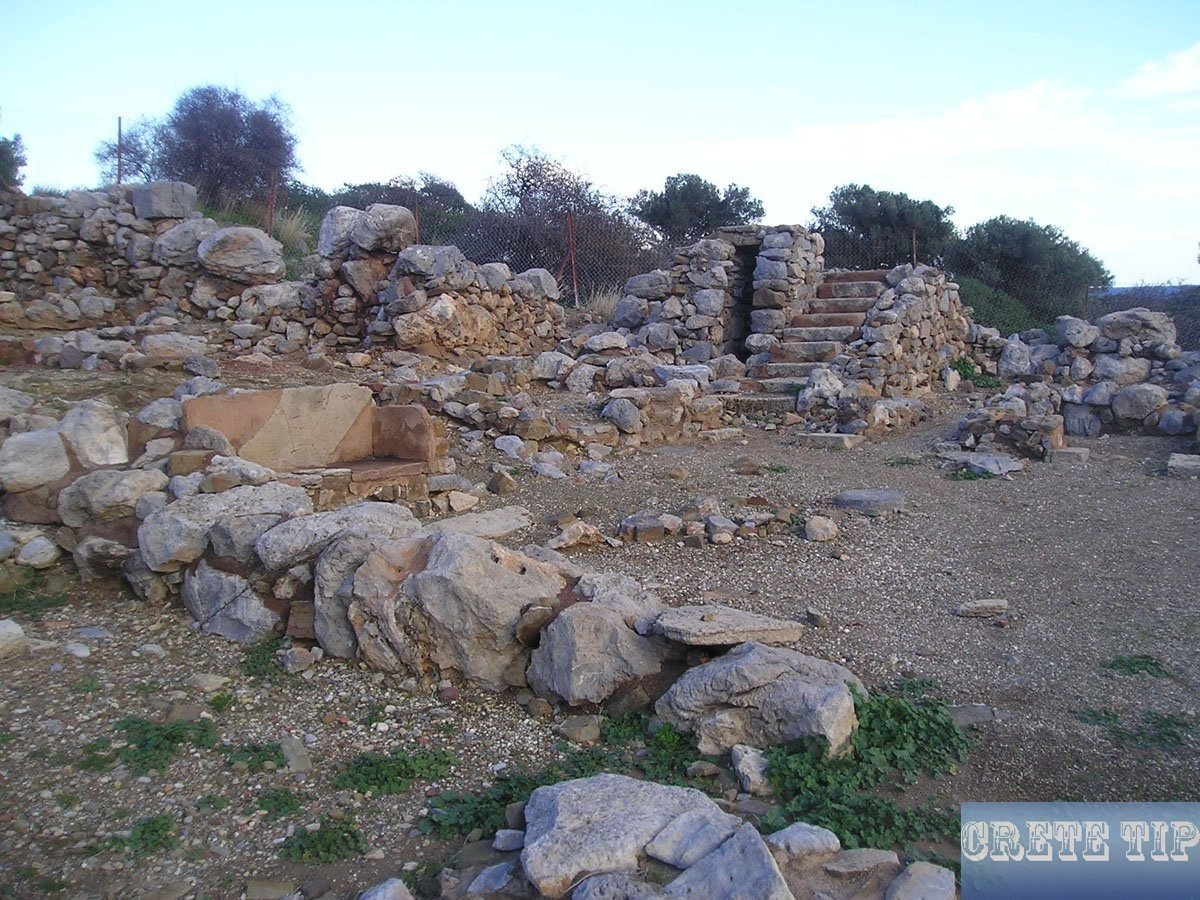
Zakros Palace Complex
The Zakros palace complex is an outstanding example of the architectural achievements of the Minoan palace period.
The strategically located, multi-storey buildings for trade and administration testify to a high degree of urban planning and cultural development.
The layout of the palace complex shows centralized control, with storage rooms containing clay tablets and seals that were important for trade and administration.
The palace has an area of around 8,000 square meters, and its rooms are arranged more or less the same as in the other palaces found so far. The west wing was dedicated to religious ceremonies. The royal apartments were to the east, the workshops to the south and the staff quarters to the north.
The wings were built around a 30 x 12 meter rectangular courtyard and had a majestic appearance, with carved porous stones and large doors, monolithic thresholds, double windows and a small gallery with columns and windows.
The west wing had two floors. An antechamber led to the waiting room and the sacred rooms, the archives, pleasure pools and the main rooms where the religious ceremonies were performed. There were two state rooms, a large one with an inner colonnade (portico), door pillars, atriums, frescoed walls and a red mortar floor. The other room had three doors and was decorated inside with spiral patterns.
There are many side rooms in the north wing as well as a large kitchen whose ceiling was supported by two rows of three wooden columns. Many cooking utensils were found there.
The royal chambers were in the east wing. The king’s megaron had a light well, a door pillar, a gallery inside and a double door to the other neighboring rooms. The queen’s megaron was right next to it, but was smaller. In the same wing there was a large, square hall with a door pillar and in the middle a large pleasure pool with a rim, columns and eight steps. The floor was paved with stones. The neighboring room on the first floor contained what was probably a sacred spring. The entire palace had a complete and complex water drainage system.
Other rooms of various sizes were found under the palace, which have since been confirmed to originate from a building from the pre-palace period under the eastern part of the palace. This building was built over by the palace of Zakros around 1600 BC.
The urban area to the north of the palace has only been partially excavated, and you can walk around it outside the enclosure, from where you have a beautiful view of the excavation site.
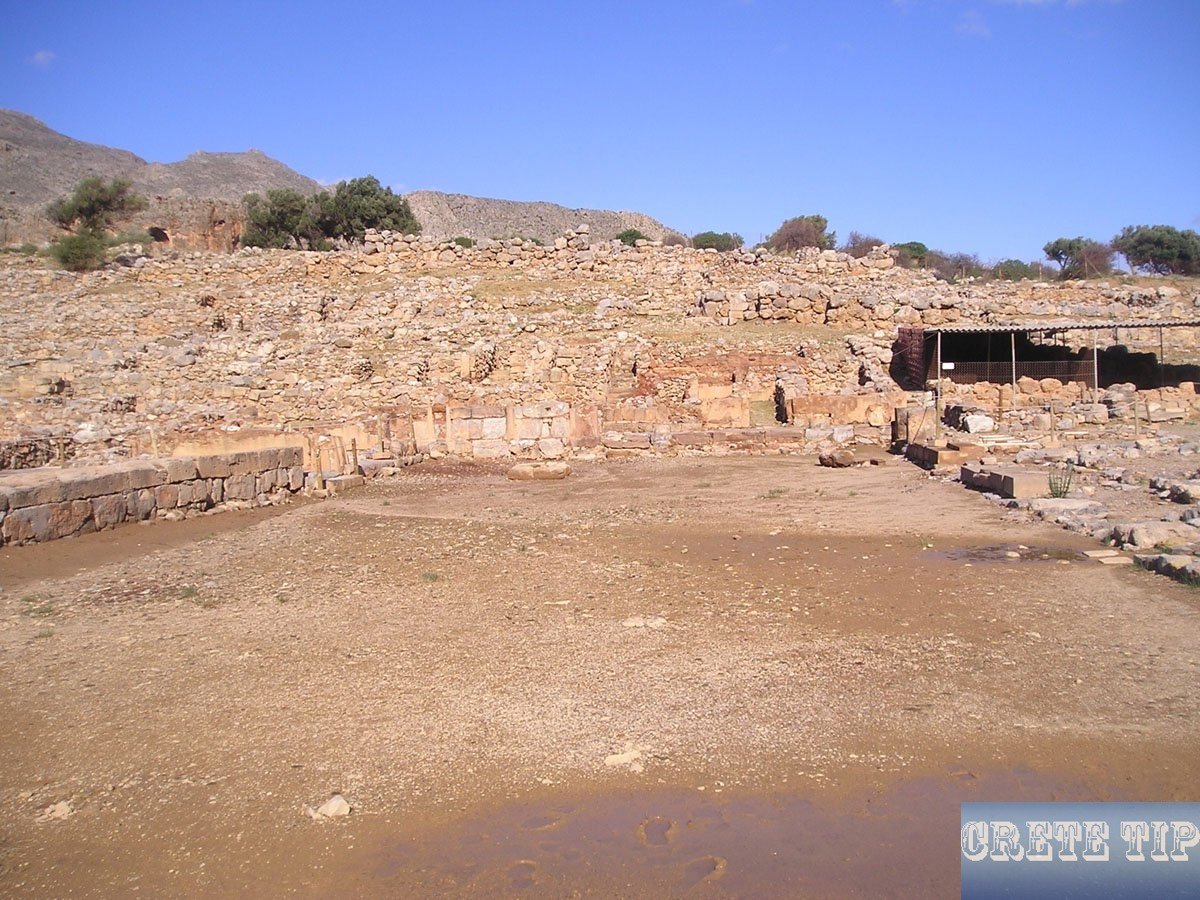
Artifacts and frescoes
When it was discovered, the palace was still in the state it must have been in shortly after its surprising destruction around 1450 BC and had not been looted. As a result, numerous well-preserved finds were discovered, such as amphorae, clay tableware, bronze cauldrons, swords, stone bowls and other implements, conical rhyta (single-handled drinking vessels), a series of cups, ceremonial implements, clay tablets with Linear A and B writing and much more.
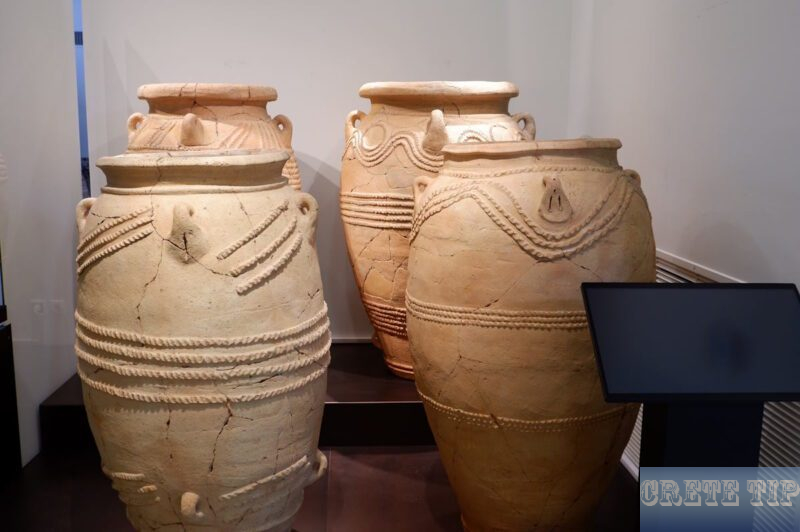
Among the finds, numerous artifacts and frescoes have been discovered that shed light on the art and religious practices of the inhabitants.
Clay seals from the site have provided enormous insights into the economic systems and hierarchies of the time.
The vividness and detail of the frescoes at Zakros testify to the high level of craftsmanship and aesthetic sensibility of the Minoan era.
Geography and access
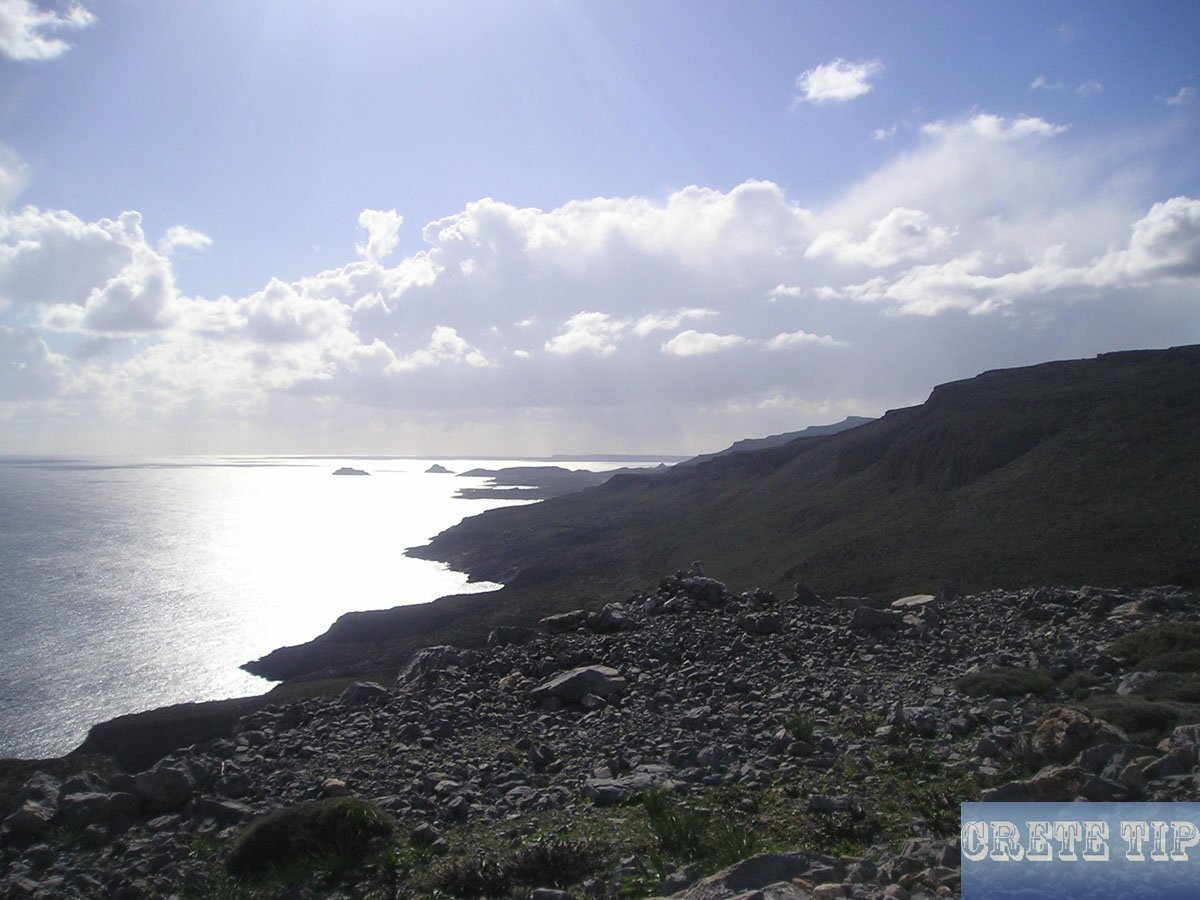
Zakros, located on the east coast of Crete, has two main parts: Ano Zakros, the upper village, and Kato Zakros (the lower village), close to the sea.
The region is characterized by a rich natural landscape, including the spectacular Dead’s Gorge and unspoiled hiking trails that provide access to both historical sites and natural beauty.
Ano Zakros
Ano Zakros, the inland village, is located in the hills and offers a different experience to its coastal counterpart.
From here you can reach several nature trails and the ‘Dead’s Gorge’, which owes its name to the Minoan tombs that can be found in the region.
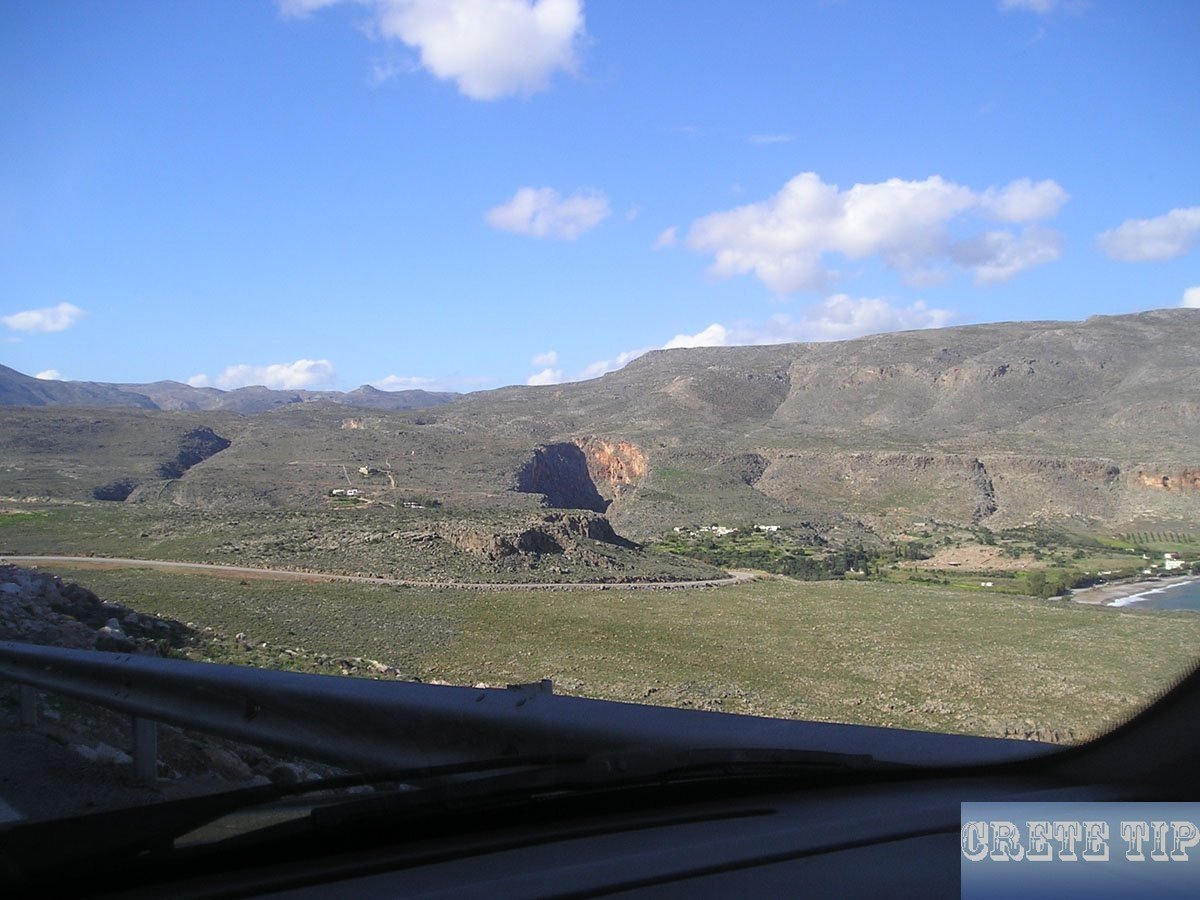
Kato Zakros and surroundings
Kato Zakros offers a mix of archaeological interest and picturesque views, where the remnants of the past meet the tranquillity of the Mediterranean.
The area is known for the ruins of the Minoan palace, and the sheltered bay makes it an ideal location for visitors seeking both tranquillity and exploration.
Dead’s Gorge and hiking trails

A little further behind the palace, you reach the Dead’s Gorge, which leads to Epano Zakros.
The Dead’s Gorge is an important natural monument that connects Ano Zakros in the mountains with the sea at Kato Zakros.
The valley is easy to hike through in summer and fall and the name comes from the fact that the Minoans buried their dead in the numerous caves in the rock faces. The hike takes around 2 to 2.5 hours.
Hikers can experience the region’s blend of history and nature on these trails, where ancient tombs in the towering limestone cliffs overlook the valley.

Video about Kato Zakros and Dead’s Gorge
Video of the entrance to the bay (overlooking the Dead’s Gorge), the beach of Kato Zakros, the entrance to and from as well as inside the Dead’s Gorge.
Hokhlakies Gorge
The less-visited Hokhlakies Gorge is located in the immediate vicinity of Ano Zakros. The distance is about 6 kilometers from either Palekastro or Kato Zakros.
It offers a tranquil hiking experience through a lush landscape, culminating in breathtaking views of the surrounding mountains and the sea, providing nature lovers with a perfect opportunity to immerse themselves in the Cretan wilderness.
Cultural significance
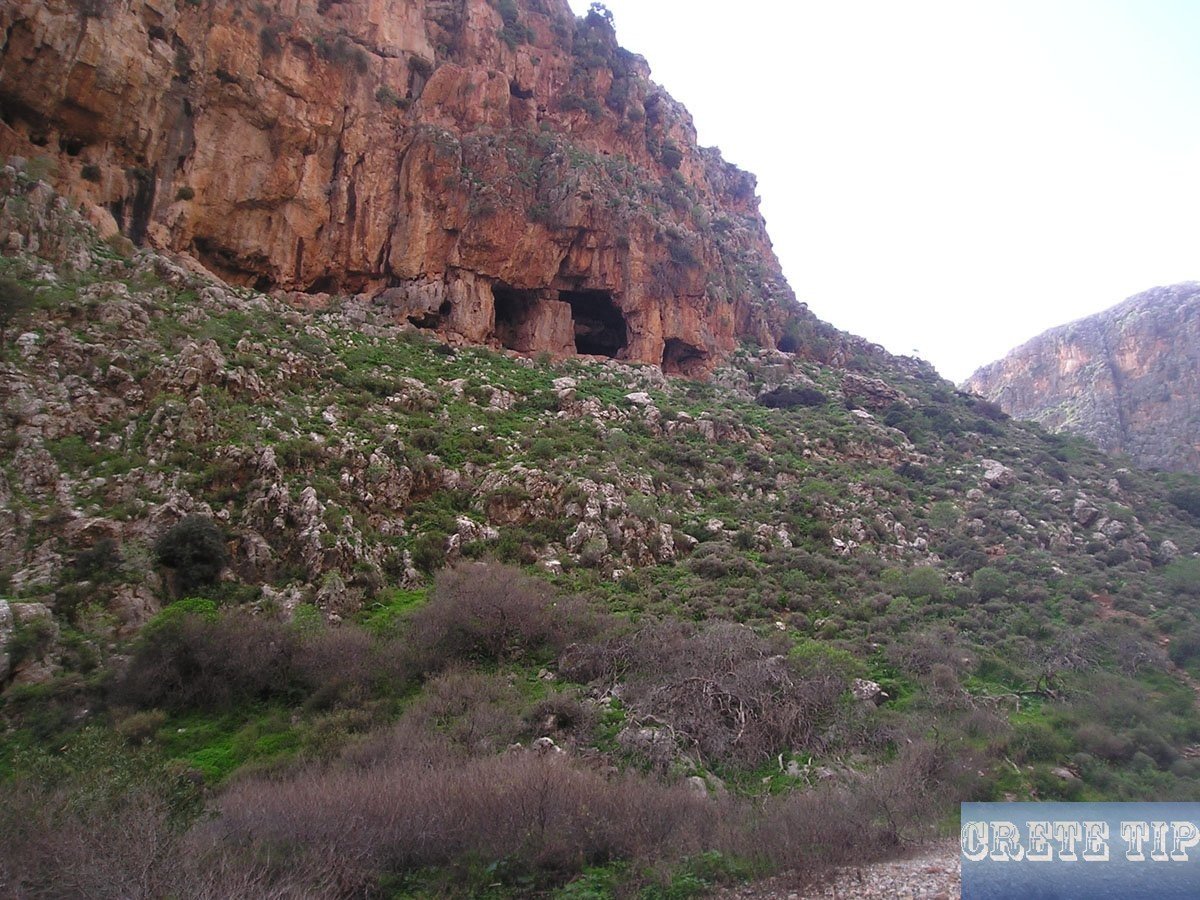
The extent of Zakros’ cultural importance is illustrated above all by its integral religious and administrative functions, as well as its strong trade and economy, which both underpin Minoan culture and reflect its strategic position in the ancient world.
Religious and administrative functions
Zakros was a central hub of religious activity within Minoan culture, as evidenced by the numerous shrines and religious artifacts found on site.
One prominent feature was the lustral basin, a ceremonial structure that scholars believe was used for purification rituals – a hallmark of Minoan religious practice.
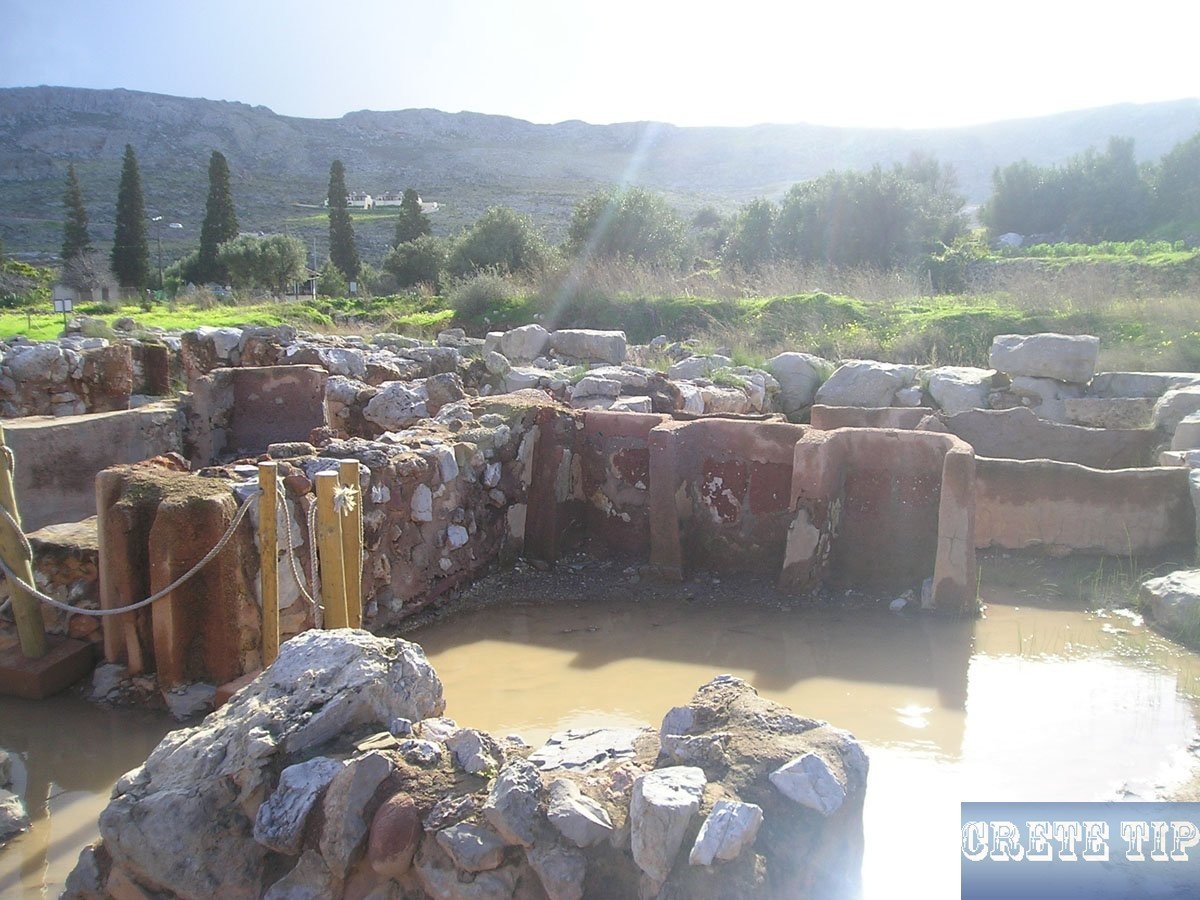
In addition, the archive room of Zakros, which contains a collection of clay tablets, indicates the importance of the site as an administrative center.
These records indicate that Zakros was not only a place for cultic practices, but also an active center for the management of resources and the regulation of local civil affairs.
Trade and economy
The location of Zakros on the east coast of Crete, with its sheltered harbor, was of strategic importance for trade and commerce, connecting Crete with the countries of the eastern Mediterranean.
The discovery of various shipwrecks indicates that Zakros played an important role in the maritime trade network.
These trading activities were central to the economic basis of Zakros and promoted prosperity and cultural exchange.
Furthermore, the discovered administrative structures, such as weights and measures, underline the importance of this place not only for the local but also for the regional economy.
The flourishing trade in Zakros testifies to the sophistication of the Minoan civilization and its ability to maintain far-reaching economic interactions.
Today’s Zakros
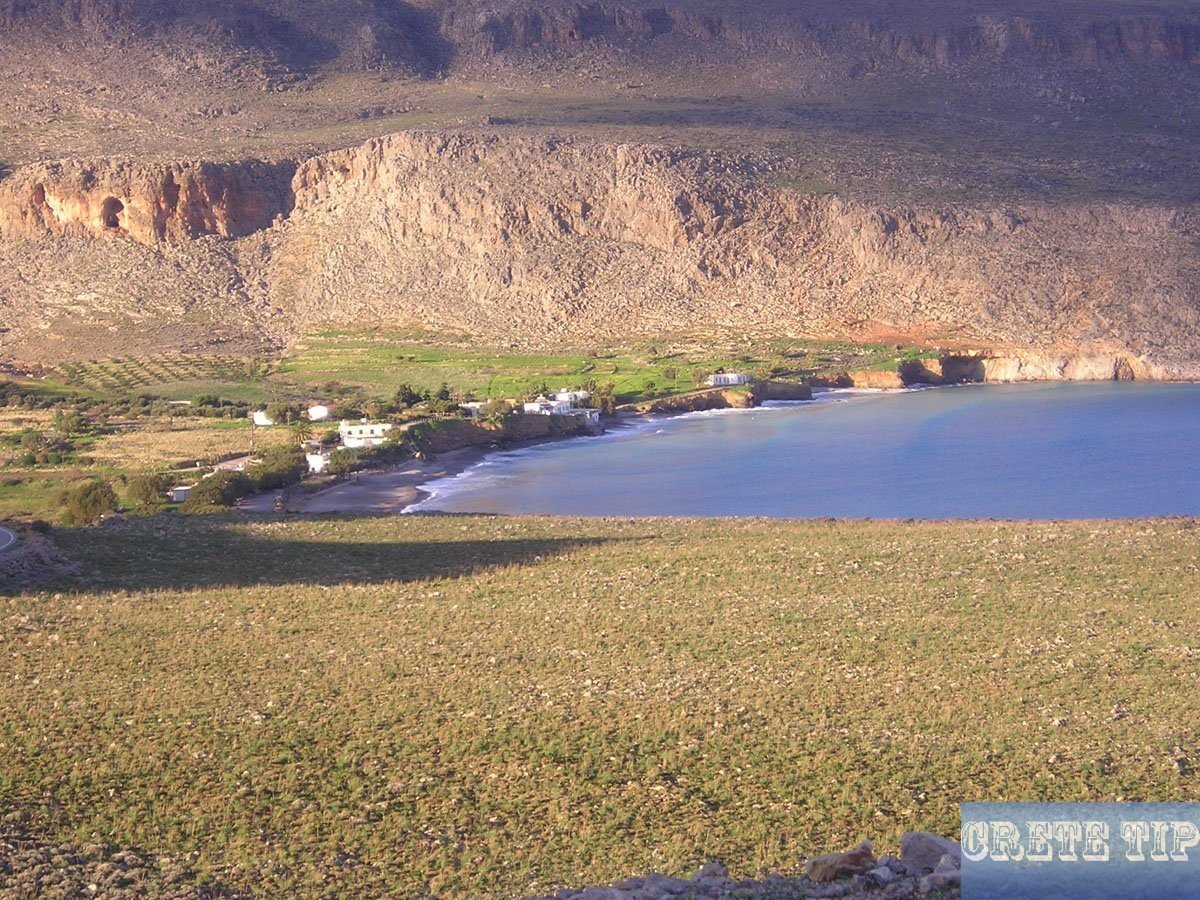
Zakros, located on the east coast of Crete, is a tranquil vacation spot for visitors. It combines historical fascination with picturesque landscapes and offers a unique Cretan experience focused on leisure and adventure.
Tourism and leisure
Zakros invites travelers to bask in its tranquil beach landscape.
The beach of Kato Zakros is a gateway to relaxation and the ideal starting point for exploring the surrounding gorges and ruins.
Here you can relax in the sun or enjoy a refreshing dip in the Mediterranean. The pebble beach is great for swimming and there are several tavernas just behind it. There are also a few hotels in this remote area, which is only visited by a few tourists.
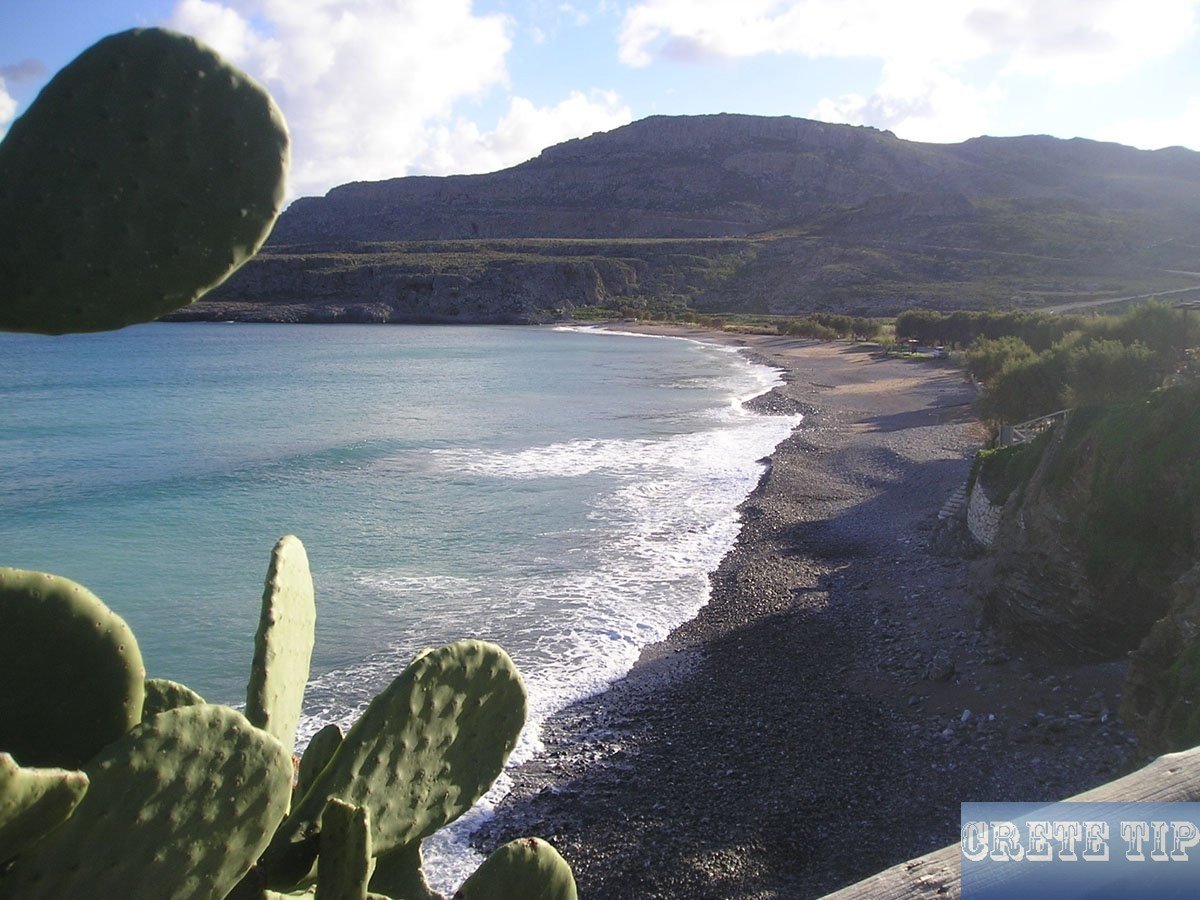
The Zakros Gorge, also known as the ‘Dead’s Gorge’, is an extraordinary hiking experience where you can visit tombs from the Minoan era.
The region is a paradise for history buffs, as the nearby ruins of a Minoan palace offer a glimpse into the ancient civilization of Crete.
Tourism flourishes thanks to the support of the local tavernas, which serve authentic Cretan dishes and are perfect for a leisurely lunch after an eventful morning.
Hotels and accommodation near Kato Zakros
Overview of available hotels at Kato Zakros and Zakros at the best price!
Local amenities and travel tips
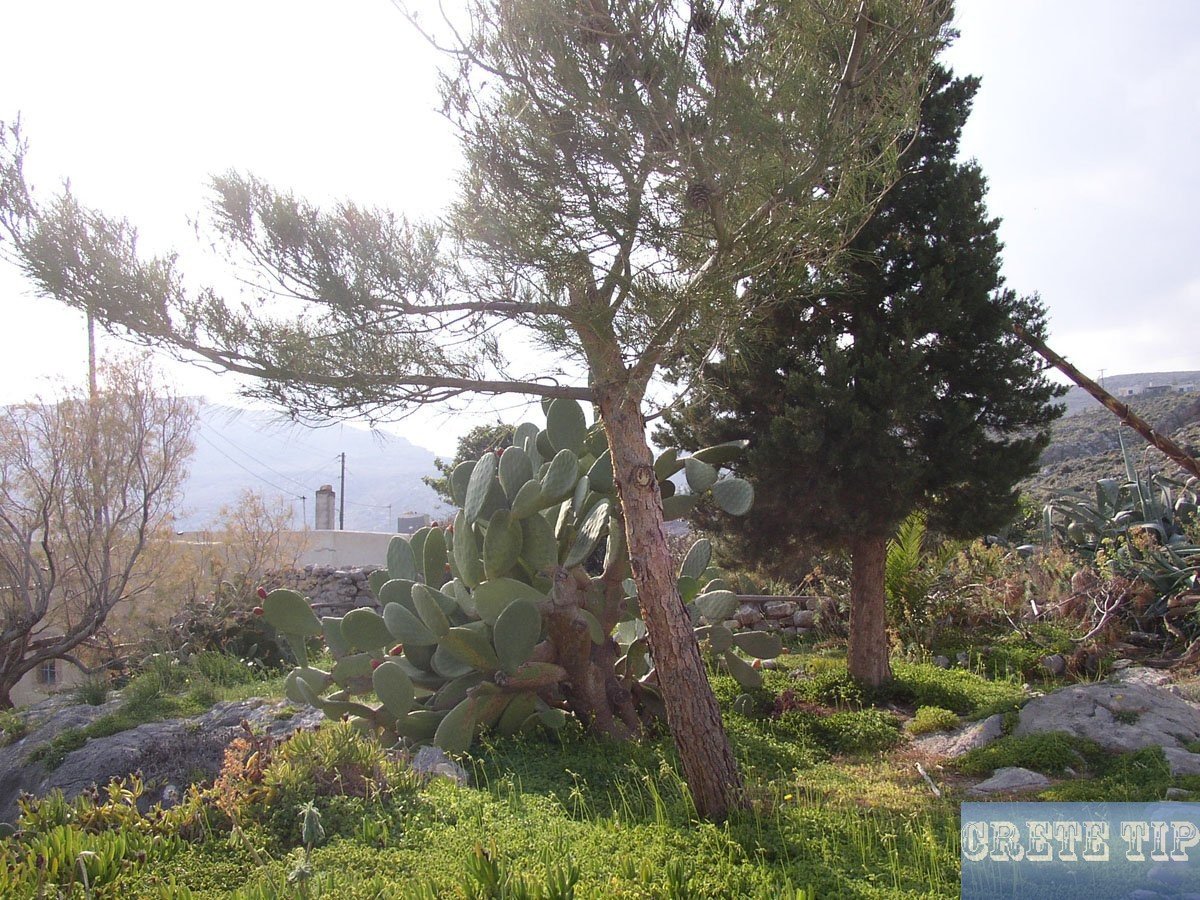
Travelers can reach Zakros by car from nearby towns such as Sitia, which is about an hour away, or Heraklion, which takes a longer drive of about three hours.
For convenience, tourists can also rent a car to make their travel plans more flexible.
Public transportation is also available, and buses connect Zakros with other parts of Crete.
Accommodation in Zakros is charming and mostly family-run, offering an authentic and personalized experience.
Visitors looking to stay close to the beach should consider staying in Kato Zakros, where several guesthouses and rooms are available.
When planning a visit to this Cretan gem, you should check the ferry timetable if you are traveling from mainland Greece or other islands.
In Zakros there is ample parking on the beach, so you can easily arrive by car.
It is also recommended to bring cash, as not all local facilities accept card payments.
More photos from Zakros

Directions to Zakros
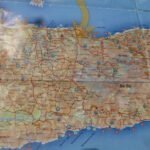
Click here: Directions Zakros.
FAQ’s
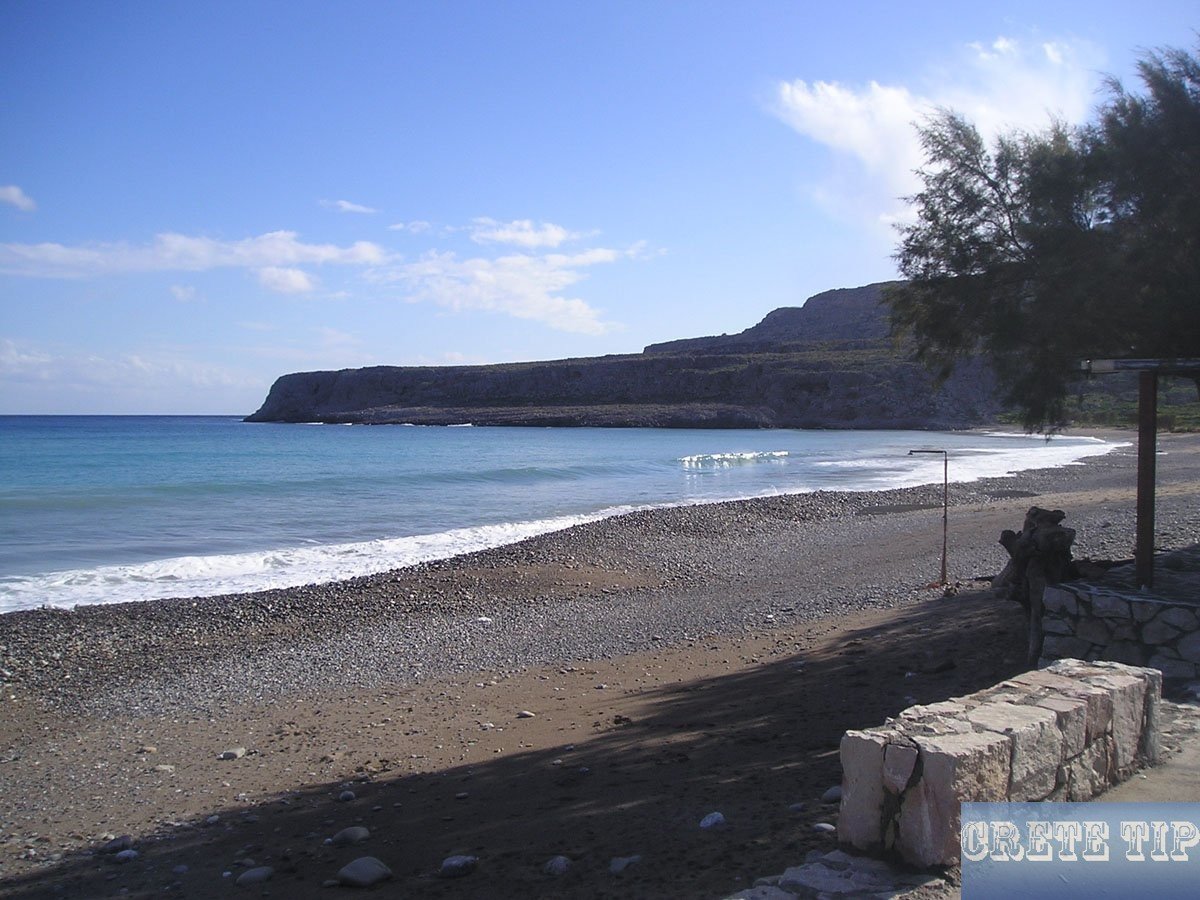
This section addresses some of the most common questions travelers ask when planning a visit to Zakros, Crete. It provides concise information about beaches, historical sites, restaurants, weather, accommodation and navigational aids in the region.
What are the best beaches in the Zakros region?
Zakros is home to Kato Zakros beach, which is known for its clear waters and tranquil surroundings. Alongside other beaches such as Xerokambos, this beach offers a peaceful retreat with natural beauty.
What period does the Palace of Zakros date from?
The palace of Zakros dates back to the Minoan civilization, whose origins lie in the Bronze Age. Excavations have unearthed rich artifacts that make it an important archaeological site in Crete.
What culinary experiences are recommended in Zakros?
There are a number of tavernas in Zakros where you can enjoy traditional Cretan cuisine, with dishes made from fresh, local ingredients.
Due to its proximity to the sea, seafood is particularly recommended.
Can you give an overview of the weather conditions in Zakros throughout the year?
Zakros has a Mediterranean climate with long, hot summers and mild, wet winters.
Travelers can expect the warmest weather from June to August, while it gets cooler and rainier between December and February.
Where can I find a detailed map of the Zakros region?
Travelers can find a detailed map of the Zakros region here.
What accommodation options does it offer near Zakros?
available hotels at Kato Zakros and Hotels currently available near Kato Zakros.
Visitors to Zakros can choose from a range of accommodation, from beachfront apartments and villas to traditional guesthouses.

